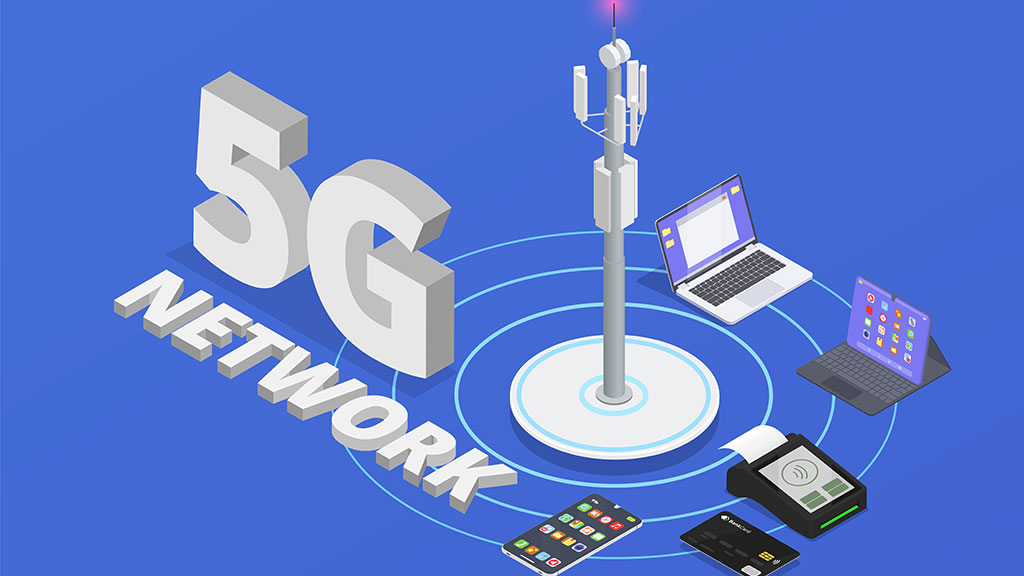과학기술정보통신부는 3일 이음5G 이용이 전년대비 2배 이상 증가돼, 2023년 말 기준 전국 30개 기업·기관 54개소로 확대됐다고 밝혔다.
2023년말 기준 30개 기업·기관 54개소
제조·의료·물류·교육 14개 분야서 활용
지난 1년간 5G 특화망(이음5G) 이용 수가 전년 대비 2배 증가됐다.
과학기술정보통신부는 3일 이음5G 이용이 전년대비 2배 이상 증가돼, 2023년 말 기준 전국 30개 기업·기관 54개소로 확대됐다고 밝혔다.
‘이음5G(5G 특화망)’란 이동통신사가 아닌 일반 기업이 자체 망을 구현할 수 있도록 특정구역 단위로 5G 주파수를 활용하는 통신망이다. 토지, 건물 등 특정구역 단위로 5G 이동통신의 장점을 적극 활용함을 목적으로 한다.
2021년 12월 네이버클라우드가 국내 1호 사업자로 주파수를 할당 받아 서비스를 최초 도입했다. 2022년에는 제조, 의료, 물류 등 9개 분야 26개소에서 사용을 시작했고, 2023년에는 자동차, 조선, 철강, 교육 등 14개 분야 54개소로 확대돼 활용범위가 전 산업 분야로 확산하고 있다. 현재 ‘주파수 할당’ 기업은 18곳, ‘주파수 지정’ 기업은 12곳이다.
업계 전문가에 따르면 2023년말 기준 전 세계적으로 2,900개의 5G 특화망 네트워크가 있으며, 이는 2028년까지 연평균 33%의 비율로 증가해 11,900개 구축을 달성할 것이라고 전망된다.
이러한 가운데, 국내에서도 그간 이음5G의 확산을 위해 이음5G 제출서류와 신청절차를 간소화하고 기간통신사업 등록 시에 외국인 주식소유 지분 제한을 제외하는 등 제도를 개선해왔다. 또한 국내·외 최신 구축 사례 및 장비·단말 공급 현황 등 종합정보제공을 위한 홈페이지를 개설하고, 주파수 신청절차 및 기술 지원을 위해 찾아가는 사전 컨설팅을 제공했다.
과기부는 다양한 분야에서 이음5G가 활용될 수 있도록 15건의 실증사업을 통해 레퍼런스를 제시했다. 지난 12월 국내 연구진 ETRI는 이음5G 스몰셀의 속도를 3Gbps까지 향상시킨 기술개발을 완료하는 성과를 내기도 했다.
이음5G 서비스의 주요 사례로는 △제조 분야: 와이파이(Wi-Fi) 대비 안정적이고 빠른 데이터 처리로 생산성 향상 및 실시간 관제를 통한 중대재해 예방 서비스 △물류 분야: 개인디지털단말(PDA)의 신속하고 안전한 데이터 처리로 업무 효율성 증대 △자율주행로봇: 사무실에서 AI 자율주행로봇이 도시락, 음료, 우편, 택배 등을 개인에게 배송해 주는 서비스 △의료 분야: 병원에서 환자의 컴퓨터단층촬영(CT)/자기공명영상(MRI) 등의 검사결과를 3차원 증강현실(3D AR) 및 실시간 비대면 협진으로 정밀 수술 서비스 △국방 분야: 28GHz을 활용한 실감형 가상현실(VR) 기반의 다자간 협업 전투, 박격포/대공화기 운용 및 전투 등 군사 교육 서비스 등이 있다.
향후 인공지능(AI), 가상모형(디지털트윈), 증강현실(AR), 확장현실(XR), 확장가상세계(메타버스) 등 디지털 기술이 이음5G와 연계하여 수요기업에게 맞춤형 융합서비스를 제공함에 따라 디지털 기술 공급기업도 이음5G와 더불어 시장에서 성장할 것으로 기대된다.
과기부는 올해 대규모 물류 현장과 에너지 등 분야에서 고도화된 이음5G 융합서비스를 적극 활용할 수 있도록 이음5G 사업자들과 협력할 계획이다. 또한 관계부처 및 지자체와 협력하여 확장현실(XR)을 활용한 전문 교육 등 실감형 콘텐츠와 지능형 공장의 중대재해 예방 등 안전 분야에도 이음5G를 적용한다.
과기부 홍진배 네트워크정책실장은 “이음5G가 여러 산업에서 다양한 서비스를 구현하고자 하는 수요자의 맞춤형 요구를 잘 뒷받침하여 성공적으로 구현되고 있다”면서, “앞으로도 대용량 초연결의 다양한 이음5G 서비스를 통해 국민편익 증진과 산업 활성화에 기여하는 성공 사례를 만들어 갈 것”이라고 밝혔다.
